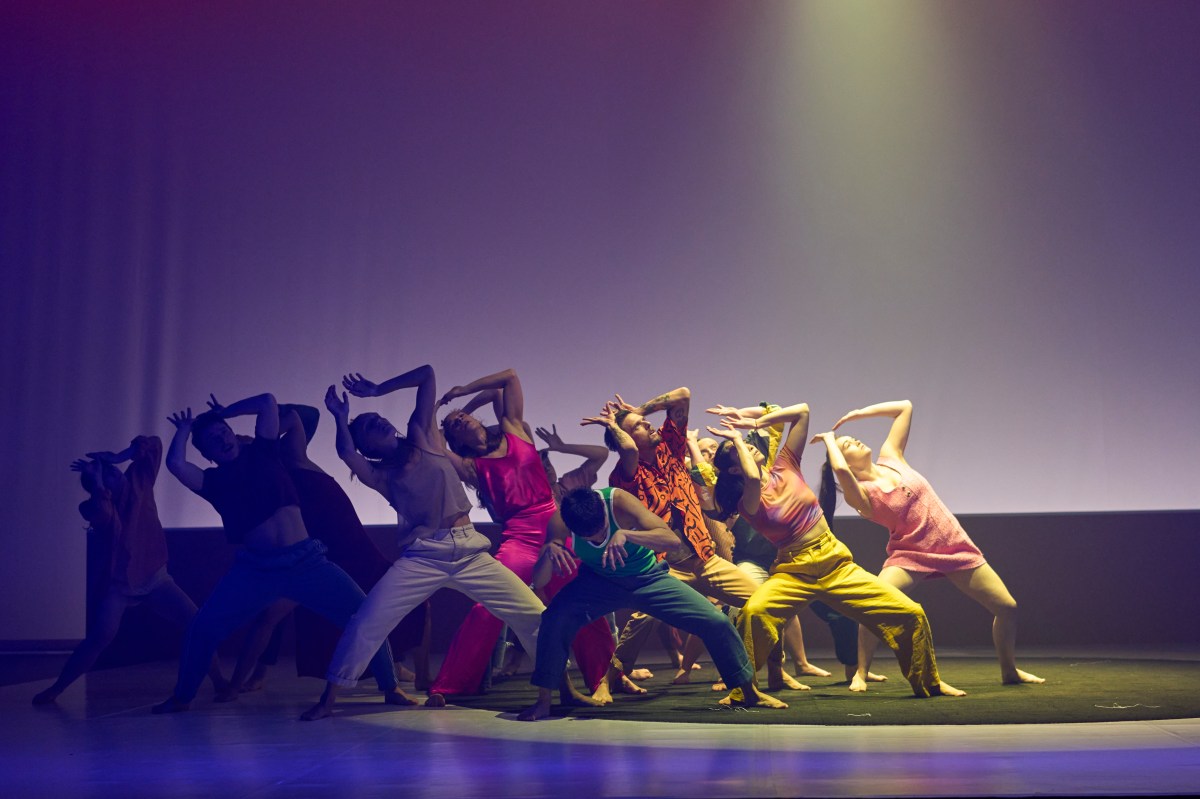SAVAGE, Artistic Director Daniel Riley’s first full-length production for Australian Dance Theatre, is an urgent, propulsive work, relentless in its intensity from beginning to end.
Conceived by Riley as an exploration of ‘the violence of forgetting’, this hour-long piece looks at the extent to which our identities and beliefs are shaped by potent national myths, and the need for these stories to be challenged rather than blindly revered. For this to happen, suggests Riley, a ‘multiplicity of voices’ must be heard, as an antidote to the ‘singular vision’ we have been taught.
Working with a diverse team of contributors has been an inspiration to Riley in the process of realising this project, which he describes as highly collaborative. ADT’s Company Artists helped develop the choreography, and the team worked with dramaturg Kate Champion to shape the work’s dramatic structure. Excitingly, Riley also returns to the stage to perform in SAVAGE himself.
The dynamic between the dancers shifts from scene to scene, from moving in unison, to competition, to more ambiguous arrangements. In one particularly compelling sequence, a dancer stands surrounded by a circle of seated onlookers, who begin to approach him to place their hands on his face and body. Their caresses appear gentle, but as he brushes them off with increasing unease, they begin to seem cloying, too intimate, even aggressive in their insistence. As their movements reach a crescendo, the central figure loses himself to the grasping bodies, until, having taken all they want, they suddenly lose interest. Desperately, he presses their palms to his chest, but they slip away, indifferent.
Set and costume designer Dean Cross’s work is integral to the dramatic narrative here. The stage is framed by two large sections of chain-link fencing set on wheels, which the dancers push into various formations, producing boundaries and cage-like structures, and hiding and revealing groups of figures. Along with these fences, the dancers also work with white plastic chairs which they hurl around the stage with electrifying violence.
While the chairs can be used to pin people down or force them into immobility, they can also become stepping-stones, or opportunities for moments of stillness. At the end, they lie piled in the centre of the stage like a mound of broken bones.
Most of the dancers are dressed in casual streetwear, allowing ease of movement and reflecting the everyday importance of the issues being explored. At one point, however, the sunburnt haze they have so far been dancing in turns suddenly cool and dark, and a woman wearing a suit steps forward. She dances a short, energetic solo sequence, looking like a slick politician trying to stir heightened emotion in her audience. In other scenes, mysterious figures covered head to foot in shaggy white costumes appear, creeping around the fringes of the stage like otherworldly omens.
Read: Dance review: Instruments of Dance
For the most part, SAVAGE avoids spelling out its message, preferring instead to leave the audience with a collection of powerful images that linger long after the show’s end. They demand to be grappled with and examined – complacent dismissal is no longer an option.
SAVAGE
Australian Dance Theatre
Dunstan Playhouse
Adelaide Festival Centre
SAVAGE was performed from 21-25 September 2022.





